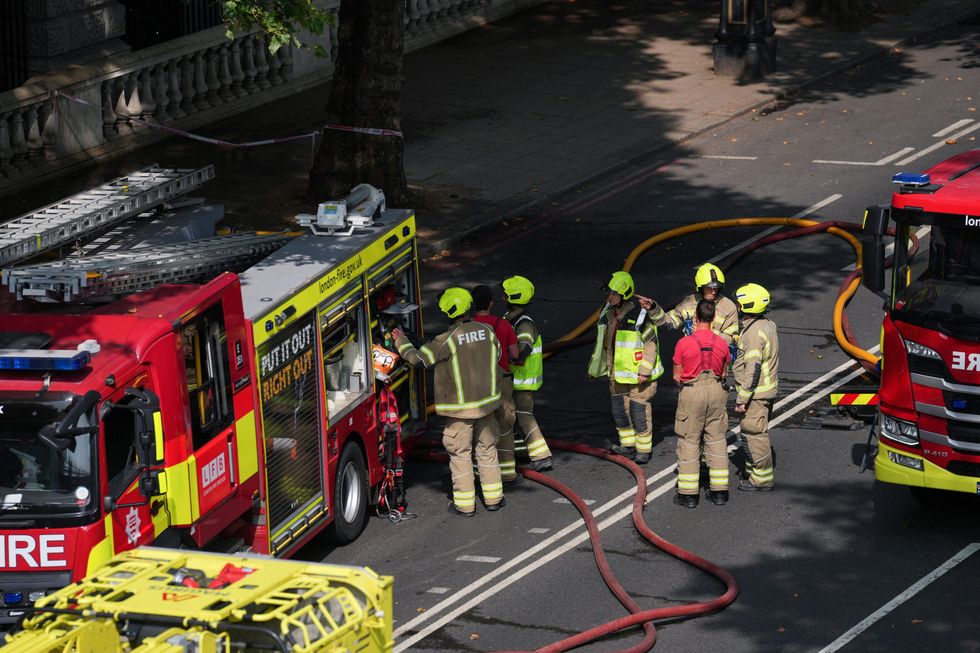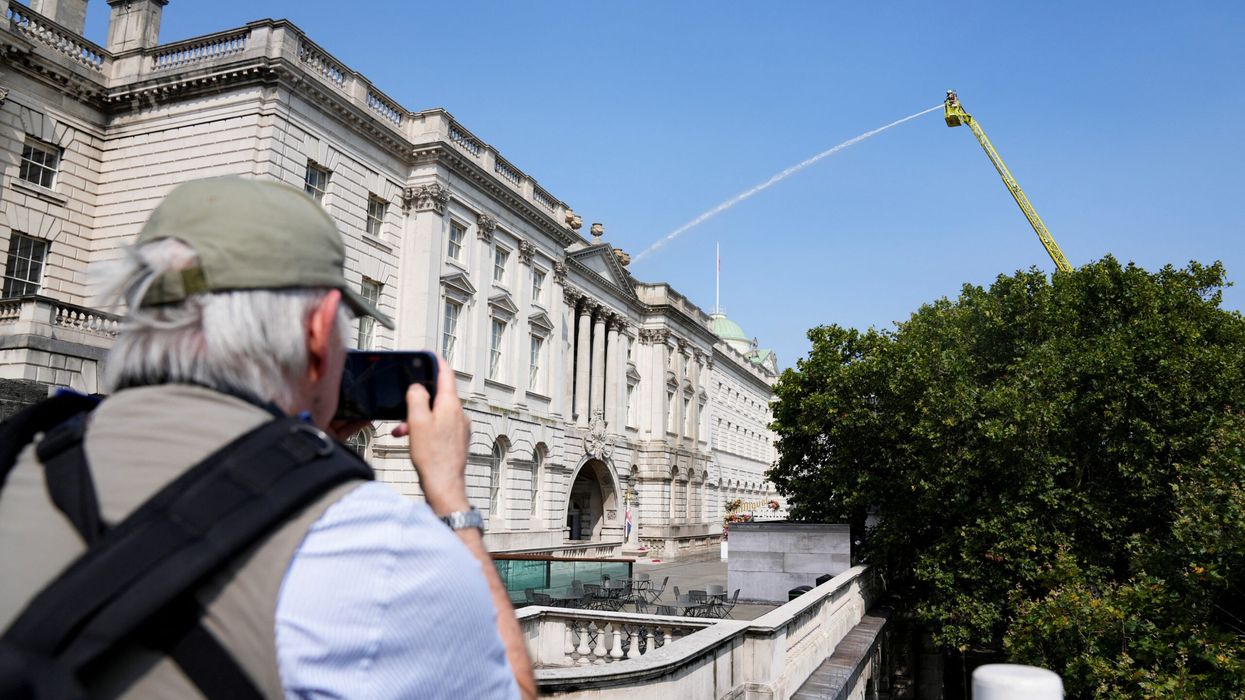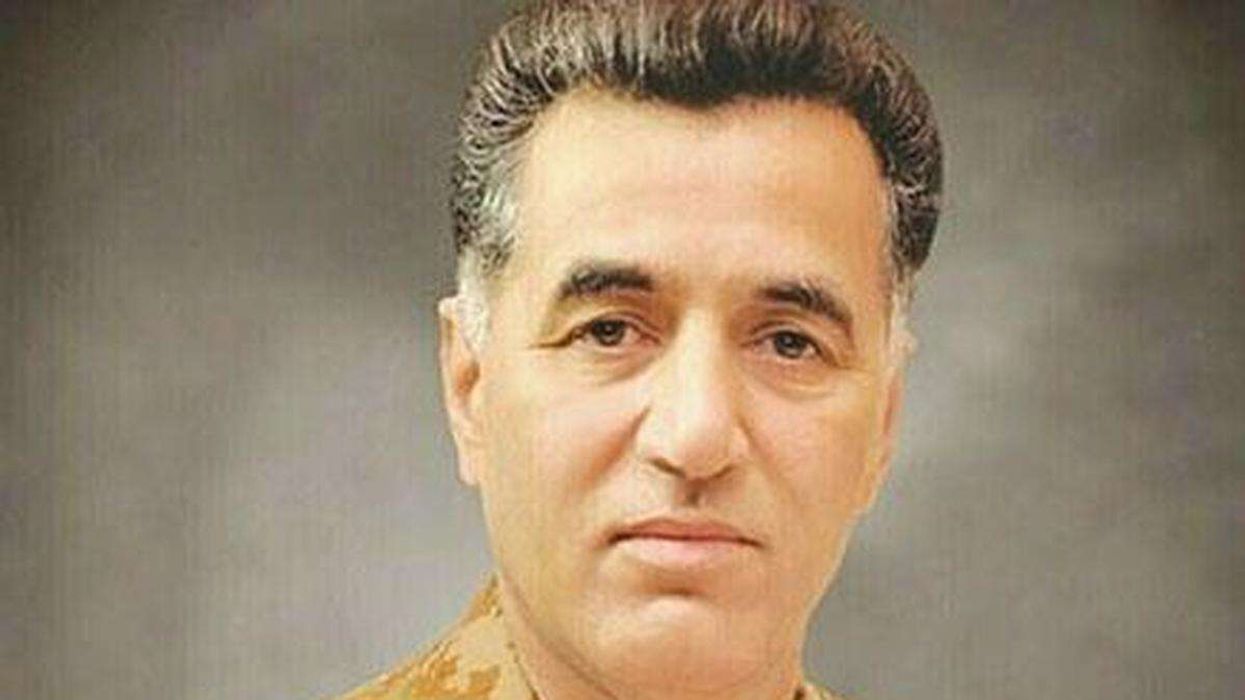AROUND 125 firefighters tackled a fire in the roof of London's Somerset house on Saturday (17), though the historic building's major art collections, including works by Manet, van Gogh and Cezanne, were undamaged.
The London Fire Brigade (LFB) said 25 fire engines were deployed to tackle the blaze after the alarm was raised just before midday. The police said there were no reports of injuries.
Somerset House, on a site which overlooks the River Thames and dating back to 1547, is a former royal palace and stately home and is now an arts, cultural and entertainment centre.
"Crews are now working to extinguish the final pockets of fire," Keeley Foster, the LFB's assistant commissioner, told a media briefing.
"The fire was located in part of the building's roof space. The age and design of the building proved a challenge for crews as they initially responded."
She said crews would remain at the site overnight and the cause of the fire was under investigation.
The fire took hold in Somerset House's west wing, where offices and not works of art are located. Footage taken from central London showed thick plumes of smoke rising above the building, which stretches for around 180 metres along the banks of the Thames.

The Courtauld Gallery, which houses masterpieces from the Middle Ages to the 20th century, is in the building's north wing.
"It's too early to comment on the building's condition," said Jonathan Reekie, director of Somerset House Trust.
"I'm confident that the damage is to one small part of the building."
He said that although the main Somerset House building would remain closed to the public until further notice, the Courtauld Gallery would reopen on Sunday (18).
The original building was demolished in 1775 and then rebuilt.
It was the residence of Princess Elizabeth before she was crowned Queen Elizabeth I in 1558 and the headquarters of the Parliamentary Army from 1642 during the English Civil War, and is a former home of both the Admiralty and the Inland Revenue.
The Great Fire of London in 1666 destroyed much of the City of London, but stopped just short of the Somerset House site.
The landmark cultural complex in the heart of London hosts a range of creative businesses and arts spaces, including the Courtauld Gallery, which counts Vincent van Gogh's "Self-Portrait with Bandaged Ear" among the masterpieces in its collection.
The courtyard of the grand building hosts music gigs in the summer and a popular ice rink in the winter, appearing in the 2003 film "Love Actually".
It also appeared in the 2008 movie "The Duchess", starring Keira Knightley and Ralph Fiennes, as well as Tim Burton's 1999 horror movie "Sleepy Hollow" and two James Bond films.
(Agencies)













